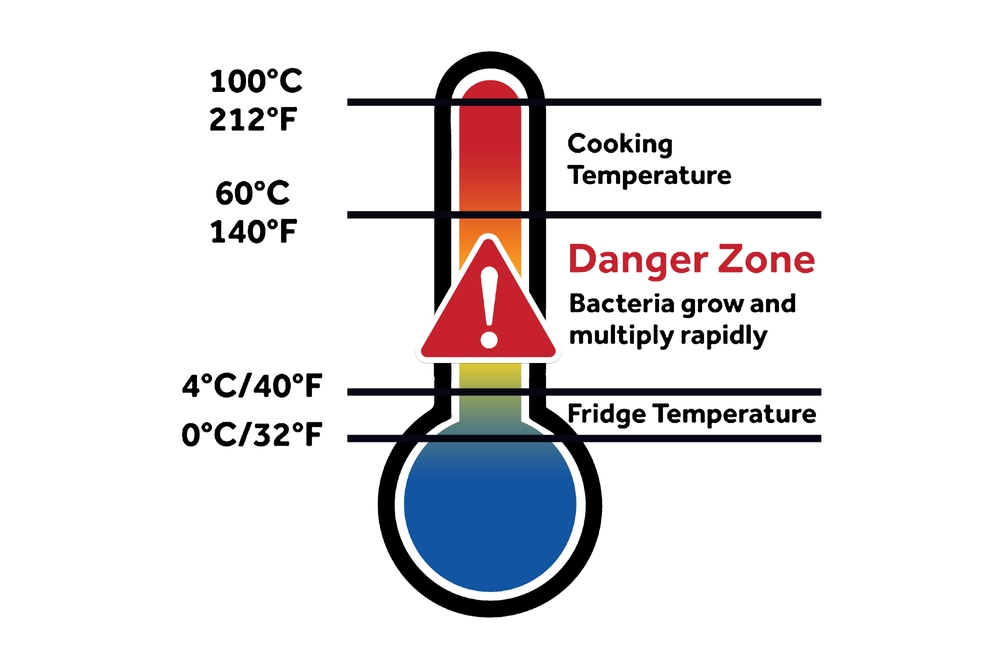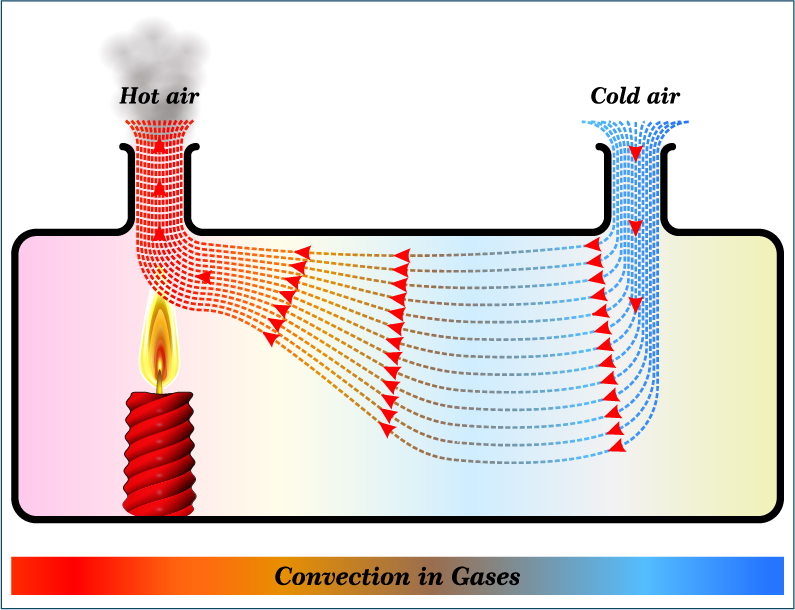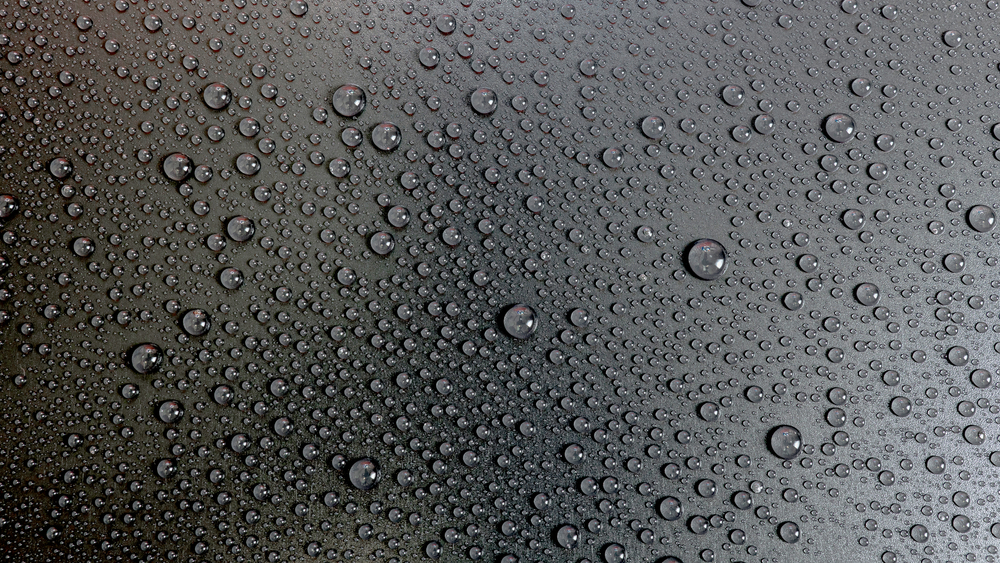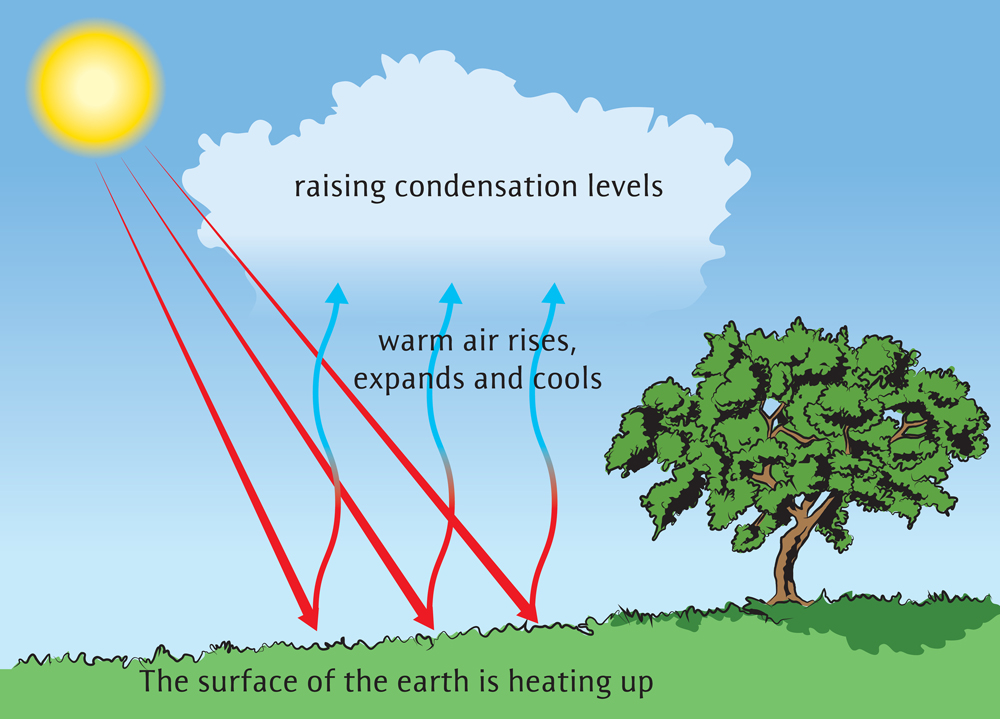Table of Contents (click to expand)
Keeping hot food inside the refrigerator increases the internal temperature and leads to potential health risks for the food inside.
Those of you who have helped with household chores or cooking know that we often put leftover food in the fridge. However, sometimes your parents might tell us to wait and not put hot food in the fridge. Clearly, there are some rules to follow when it comes to the fridge, and one of them is not to put hot food inside!
However, if fridges are meant to keep food fresh and cool it down, why do we have to wait for food to reach a normal temperature before refrigerating it? If you leave food out, bacteria can grow and make it go bad, so we put the food in the fridge instead, right?
So what’s the story here? What will happen if we put hot food inside the fridge?
Let’s see how it works!

We keep food in the fridge to prevent it from getting spoiled, which could result in food poisoning and other health-related issues. Leaving food out to cool down makes it more likely for bacteria to grow.
Why Is It Not A Good Idea To Put Hot Food In The Refrigerator?
In the manual for many refrigerators, it says not to put hot food inside because it can affect the functioning of the fridge in the long run. Storing hot food results in extra pressure being put on refrigerator machinery, so it should be avoided.
However, there are other reasons apart from fridge health, specifically the health of the food inside the fridge. Keeping hot food inside raises the temperature inside, which makes everything inside hotter. The fridge compressor must therefore work harder to keep the temperature inside at the level you want.
Now, the air of the surrounding environment is getting warmer, but think about how that is actually happening. We’ve all read about the second law of thermodynamics, which says that heat moves from places of a higher temperature to places with a lower temperature. This is what convection does.
Convection
Convection is a mode of heat transfer that occurs in states that are free to move, like liquid and gas. When a hot liquid or gas warms up, it gets lighter and rises, while cooler air comes in to replace it below.

Condensation
Second, when we put hot things in the fridge, the temperature difference between the two systems causes condensation. The droplets may end up on the back wall of the fridge, where they can freeze food that touches them. Also, condensation adds moisture to the fridge environment, which is not advisable for food preservation.

The whole process of heat transfer via convection and condensation into the form of droplets resembles a very important natural process.
Rain is caused by evaporation and condensation, and when we put warm food in the fridge, we see a small version of this natural process take place.

As a result of the combined process of convection and condensation after we put hot food inside, the interior environment of the refrigerator becomes unfavorable for preservation and reduces the optimum functioning due to increased internal temperature and humidity inside the fridge.
Also Read: How Does A Refrigerator Work?
Conclusion
Now you know what happens when hot food is kept inside the fridge, but what should we do to keep our leftover food healthy?
To begin with, how long is it safe outside of the fridge?
If food should be kept inside once it is cooled, then what is the optimum temperature or how long should we wait?
According to the CDC guidelines for food protection and safety, food can be kept outside for a maximum window of two hours after being cooked. After this time, bacteria can start growing, and in extreme cases this can lead to food poisoning. Two hours is a sufficient time frame for cooling the hot cooked food.
But what if you have to go to a meeting and won’t be back until after dinner? Should the food be kept inside or outside the fridge?
One way to keep the fridge from getting too hot in an emergency situation like this is to divide the food into smaller portions. Leave some space around the food so that cold air can flow around it, which will speed the cooling process and prevent too much of a negative effect from placing warm food in the refrigerator.
Also Read: Why Does Food In The Fridge Stay Fresh For Longer?
How well do you understand the article above!

References (click to expand)
- Waitt, G., & Phillips, C. (2015, August 24). Food waste and domestic refrigeration: a visceral and material approach. Social & Cultural Geography. Informa UK Limited.
- Lagendijk, E., Asséré, A., Derens, E., & Carpentier, B. (2008, September). Domestic Refrigeration Practices with Emphasis on Hygiene: Analysis of a Survey and Consumer Recommendations. Journal of Food Protection. Elsevier BV.
- Towns, R. E., Cullen, R. W., Memken, J. A., & Nnakwe, N. E. (2006, July). Food Safety–Related Refrigeration and Freezer Practices and Attitudes of Consumers in Peoria and Surrounding Counties. Journal of Food Protection. Elsevier BV.
